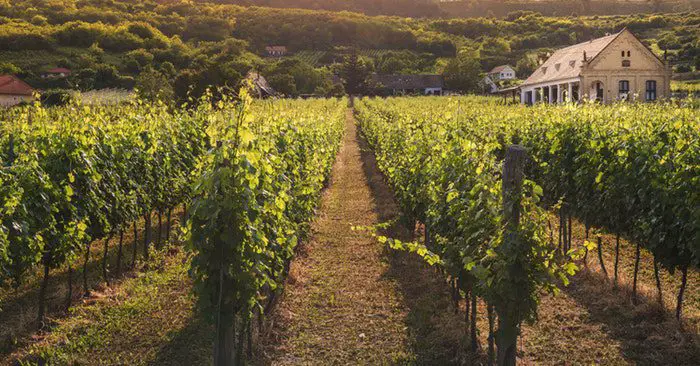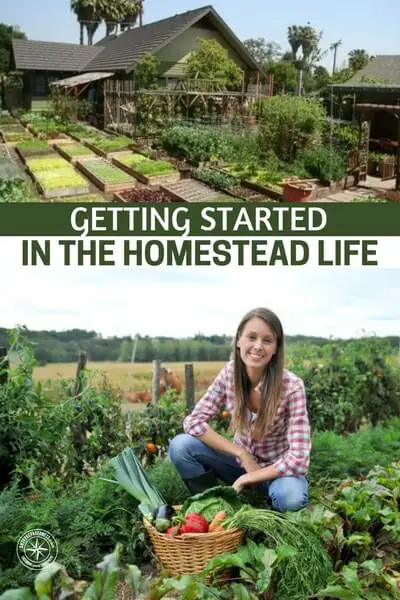SHTFPreparedness may collect a share of sales or other compensation from the links on this page.
If you’re stopping by to read this, chances are you’ve considered—or maybe already are—living the homestead life.
Is the Homestead Life for You?

While we aren’t yet homesteaders ourselves, we’ve talked with homesteaders over the years and are steadily heading in the direction of self-sufficiency ourselves.
The good thing about homesteading is that there’s no one way. You can choose to go all out off-grid and grow and make everything you use, or just grow food with backup power and anything in between.
The homestead life is for you to design the style and degree of homesteading that fits your preferences and your budget.
Don’t Dive in Head First
Speaking of budget, there’s an almost infinite number of ways to get into homesteading, even if you don’t have the money or the land.
In fact, if you don’t yet have the resources, you could be better off to start, and here’s why.
There have been many people who were gung ho to homestead and used all of their savings to buy land and get set up, only to discover that it wasn’t really what they wanted to do—that the work was too hard.
There have been many blogs started about a family’s homesteading journey, only to have it—and the farm—abandoned in hardship after a few years.
But for every story of hardship, there’s a story of success and happiness in homesteading. For every story of hardship, there’s a happy homesteading story.
Why Starting Small is Better
Let’s say that you have a dream of homesteading but you only have a small yard. The great news is that you can grow a surprising amount of food in a small space.
There’s vertical gardening, which we’ve covered in another article, and there’s gardening in containers, towers, and hydroponics.
You can also grow indoors in pots and use grow lights.
It’s far, far better to get hands-on experience growing food for your family before you have to tend to animals.
To start small is to learn from smaller mistakes. So look at your space with fresh eyes and consider growing what you can where you can. To get started, grow the foods your family most enjoys.
7 Steps To Get Started
- Grow the foods your family eats the most. Of those:
- Grow the foods that are best preserved through canning, drying, fermenting and freezing
- Grow the foods that cost the most to buy at the store (this is where you will save the most money)
- Plan to keep a compost bucket in your kitchen and
- Set up a compost tumbler or bin outside so that you won’t have to spend money on nourishment for your plants.
- Look at exterior and interior wall space for growing vertically
Now, have fun getting started growing. To read more about the homestead life of a couple who started their journey one step at a time, and it started with something fermented, you can read that story here.
